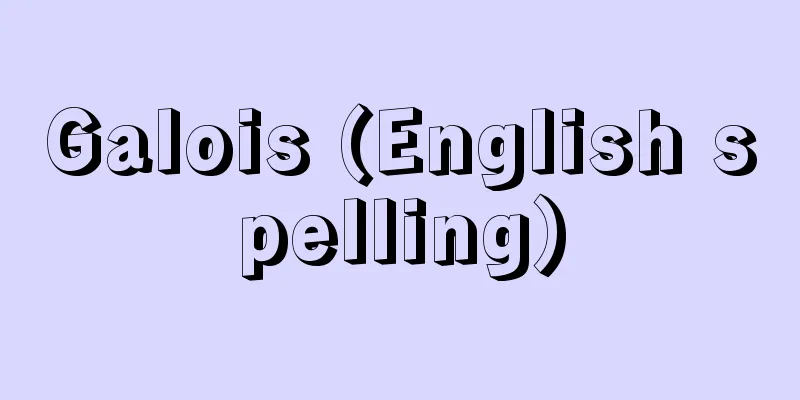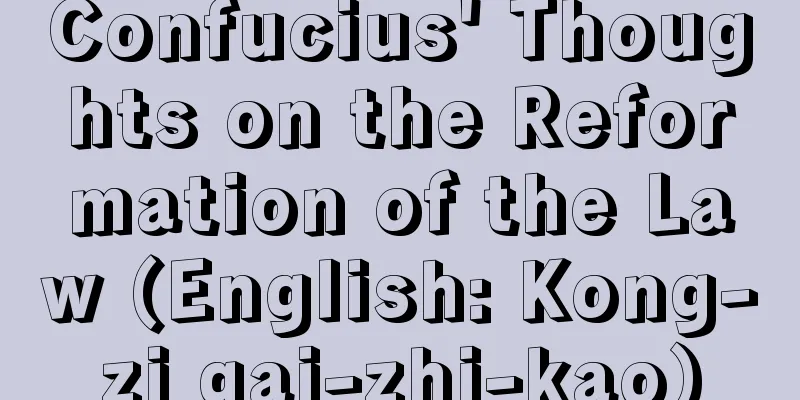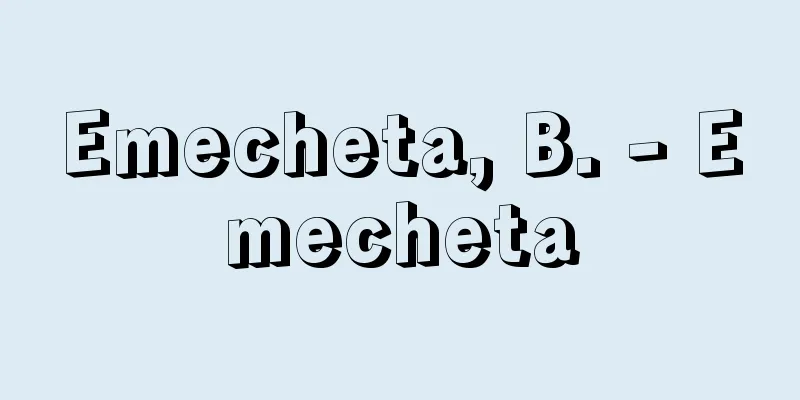Galois (English spelling)

|
French mathematician. Born in Bourg-la-Reine, a suburb of Paris. At the age of 12, he entered the Lycée Louis-le-Grand in Paris, and at the age of 17, he took the entrance exam for the École Polytechnique (science and technology university), but failed. He then enrolled in the advanced mathematics class at his alma mater. The professor of this class, Louis Paul Émile Richard (1795-1849), had a great influence on Galois. On March 1, 1829, he published his first paper, and on May 25, he submitted it to the Academie des Sciences in Paris. However, the paper is now missing; it was lost by Cauchy, who had promised to present it to the Academie. Meanwhile, on July 2, 1829, his father committed suicide, and, to his misfortune, he again failed the exam for the École Polytechnique, and in February 1830, he entered a preparatory school. On August 6, the school was renamed the École Normale Supérieure (Superior Normal School). In July 1830, the Paris Revolution broke out. While he participated in the revolution, he did not give up his enthusiasm for research, writing one paper in April and two in June. He introduced the concept of "groups" and showed that each algebraic equation corresponds to a permutation group, and that the properties of the algebraic equation can be reproduced by using this group. He noticed that an equation being solvable algebraically is synonymous with the permutation group corresponding to the equation being "solvable", and he turned his research on solving algebraic equations to the research of groups, proving that "general algebraic equations of degree five or higher cannot be solved algebraically", and submitted a paper to the Paris Academy of Sciences. However, Fourier, who had brought the paper home to be examined, suddenly passed away, and the whereabouts of the paper became unknown. To make matters worse, on January 3, 1831, the École Normale expelled Galois from the school. Galois' words and actions became more radical. At the end of the year, he was imprisoned in Saint-Pélagi prison, but was released on parole on March 16, 1832, due to a cholera epidemic in Paris in March. Soon after, however, an incident occurred in which he was challenged to a duel. It is said that he was challenged by the fiancée of a woman with whom he was close, but this is also unclear. The duel took place on the morning of May 30. The weapon was a pistol, and Galois's bullet missed his target, while his opponent's bullet hit Galois in the abdomen, killing him at 10 a.m. the next day. On the eve of the duel, he wrote a will to his close friend, Auguste Chevalier (1809-1868). It was eight pages long, written on four large notebooks, but it was not until much later (1843) that it was discovered to be a valuable document conveying Galois' mathematics. [Ken Kobori] [References] | | |Source: Shogakukan Encyclopedia Nipponica About Encyclopedia Nipponica Information | Legend |
|
フランスの数学者。パリの郊外にあるブール・ラ・レーヌに生まれる。12歳のときにパリのリセ(高等中学校)、ルイ・ル・グランに入学し、17歳でエコール・ポリテクニク(理工科大学校)を受験したが不合格となり、母校の高等数学のクラスへ入った。このクラスの数学の教授リシャールLouis Paul Émile Richard(1795―1849)がガロアに大きな影響を与えた。 1829年3月1日、最初の論文を発表し、5月25日にパリ科学アカデミーへ論文を提出した。しかし、この論文は行方不明となっている。論文を科学アカデミーに紹介することを約束していたコーシーが紛失したのである。一方、1829年7月2日に父が自殺し、さらに不幸なことに、エコール・ポリテクニクの試験を再度失敗し、1830年2月に予備学校へ入学した。この学校は8月6日にエコール・ノルマル・シュペリュール(高等師範学校)と改称された。 1830年7月、パリに革命が起こった。それに参加する一方、4月に一つ、6月に二つの論文を書いて、研究への意欲を捨てなかった。「群」の概念を導入し、代数方程式にはそれぞれ置換群が対応し、この群によって、代数方程式の特性を再現しうることを示した。方程式が代数的に解けることと、この方程式に対応する置換群が「可解」であることとは同義であることに着目し、代数方程式の解法の研究を群の研究へ転換して「五次以上の一般な代数方程式は代数的に解くことはできない」ことを証明した論文をパリ科学アカデミーへ提出した。ところがこの論文を審査するために自宅へ持ち帰ったフーリエが急逝し、論文は行方がわからなくなってしまった。これに追い討ちをかけるように、1831年1月3日付けでエコール・ノルマルはガロアを学校から追放した。ガロアの言動は過激になった。そしてこの年の暮れにサント・ペラジ牢獄(ろうごく)につながれる身となったが、1832年3月にコレラがパリに流行したため、同年3月16日に仮出獄となった。しかし、まもなく、決闘を申し込まれるような事件が起こった。親しくしていた女性の婚約者が決闘を挑んだ、と伝えられているが、これもはっきりしない。決闘は5月30日の朝に行われた。武器はピストルで、ガロアの弾は命中せず、相手の一弾はガロアの腹部に命中し、翌日の午前10時に絶命した。決闘の前夜に、親友シュバリエAuguste Chevalier(1809―1868)へ遺書を書いた。大判ノート4枚に書かれた8ページのものであったが、これがガロアの数学を伝える貴重な文献であることがわかったのは、はるか後日(1843)のことである。 [小堀 憲] [参照項目] | | |出典 小学館 日本大百科全書(ニッポニカ)日本大百科全書(ニッポニカ)について 情報 | 凡例 |
<<: Galois theory - Galois theory
Recommend
Fur
…an Islamic kingdom that existed in the far west ...
Acute mountain sickness
What is the disease? Acute mountain sickness is a...
Adam, J. (Architect) (English spelling) AdamJ
…Brothers who were leading British neoclassical a...
Alkmaion (English spelling)
Hero of Greek mythology. Son of Amphiaraus and Eri...
It's tough being a man - It's tough being a man
Japanese film. Since the first film was released ...
Argonautai
…the Argonauts are a collective term for the grou...
khaṭīb (English spelling) khatib
…In the radical faction of the Reformation, inclu...
Toxostoma
…They are generally similar in appearance to mock...
Aurore - Aurore
...He also stood up to defend the Republic and to...
Creation myth of the country
One of the Japanese myths. The myth tells of how t...
Mercury chloride - enkasuigin (English spelling) mercury chloride
Compounds of mercury and chlorine. Both monovalen...
rib vault (English) ribvault
…In Western Europe, stone vaults began to be used...
École de Paris (English spelling)
It refers to the group of foreign artists who sett...
Mustard vinegar - Karashizu
...In addition to the basic mixed vinegar, there ...
Vol'nonayomnye rabochie (English spelling) volnonayomnyerabochie
… Russian factory industry also relied heavily on...









